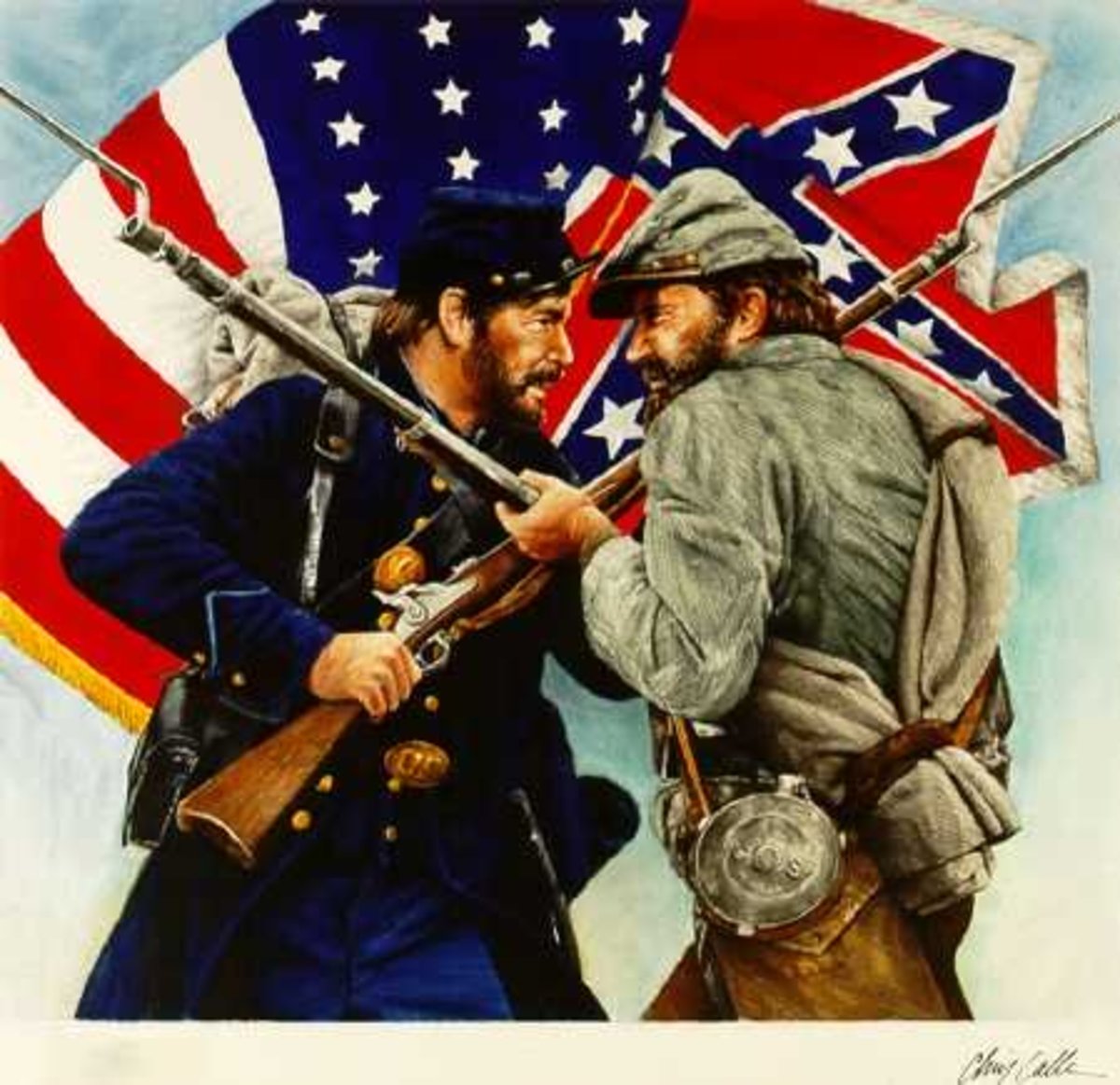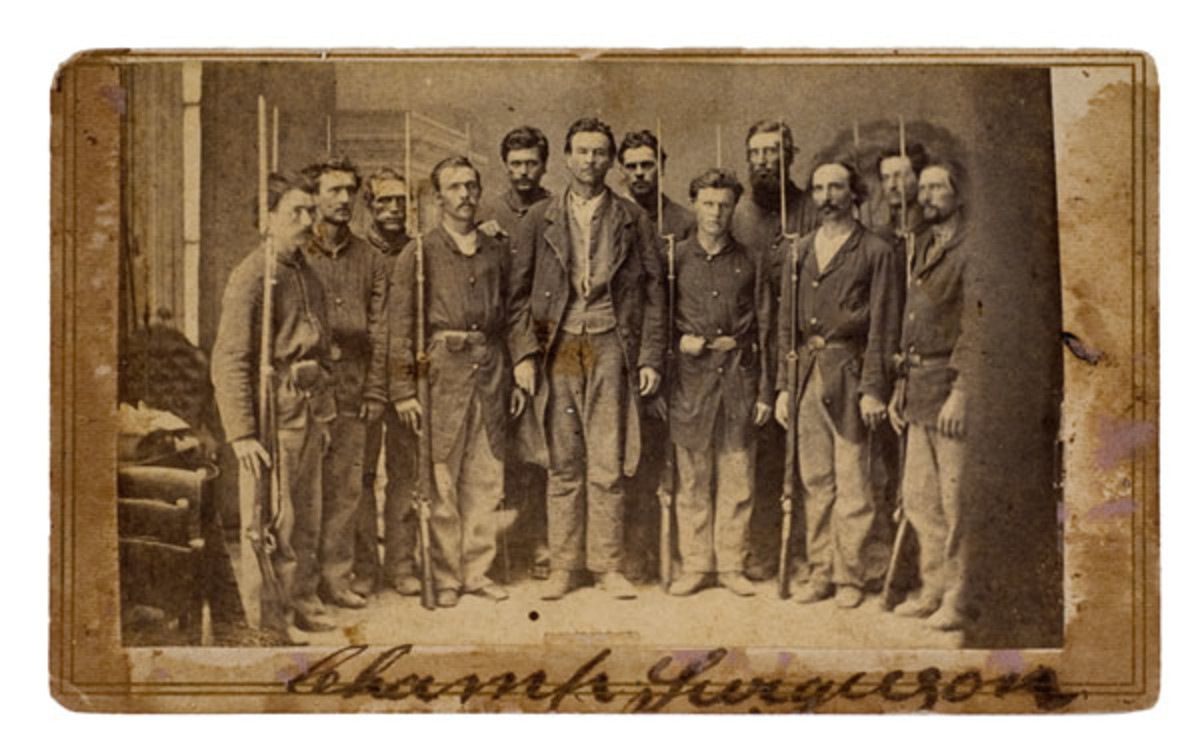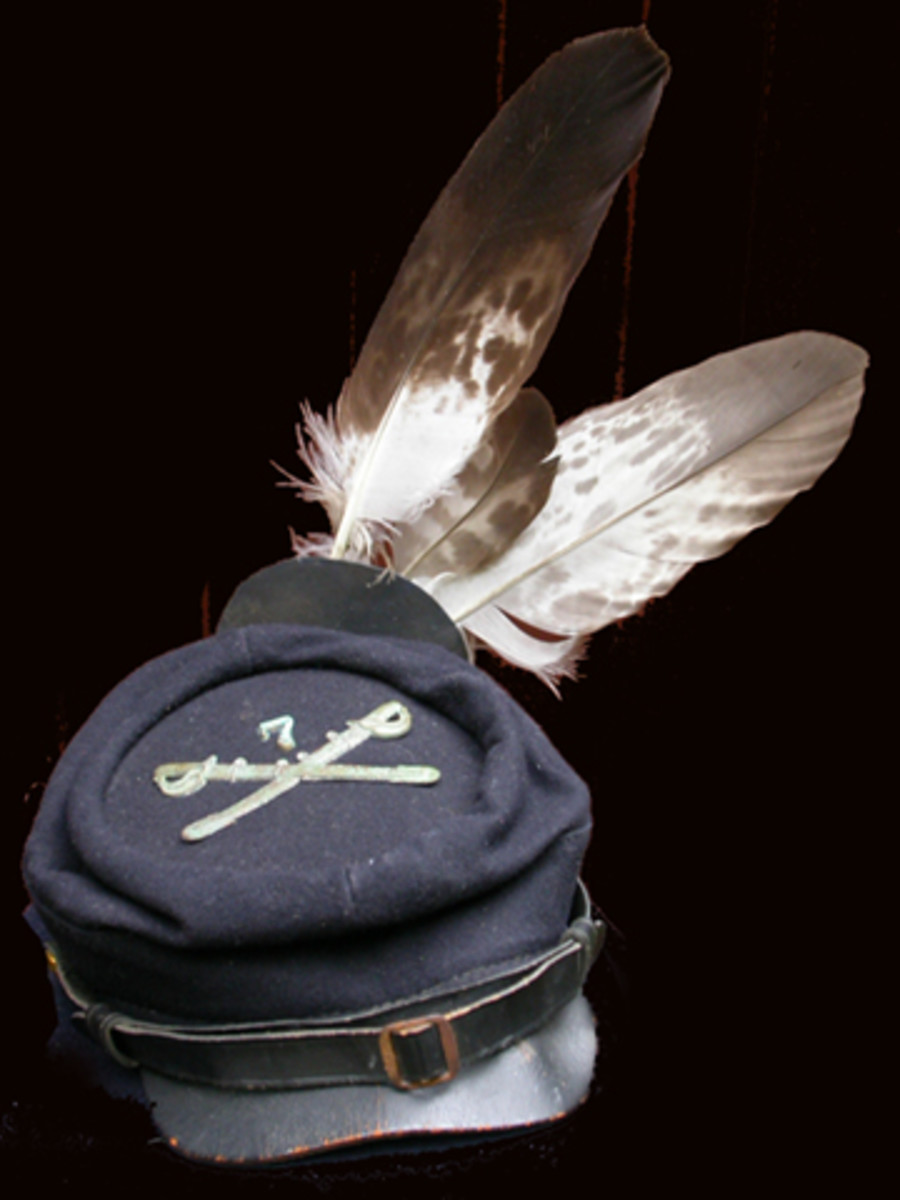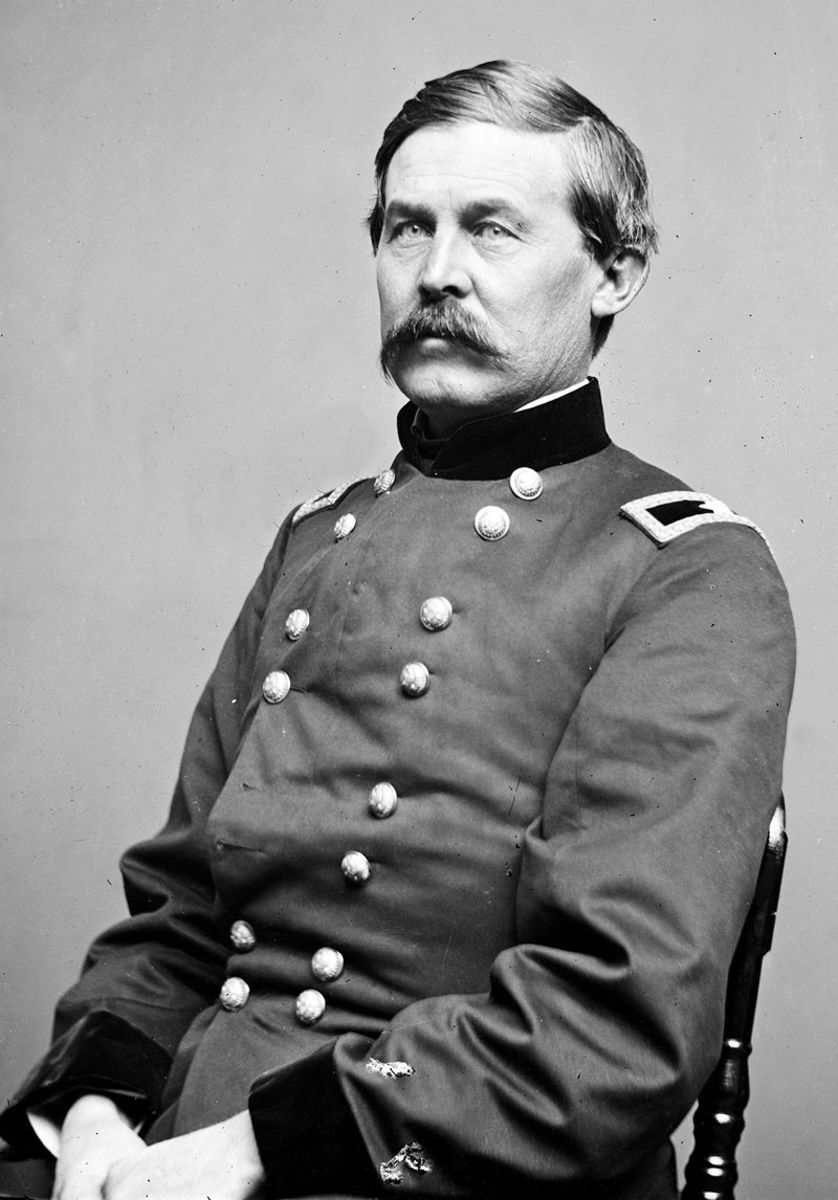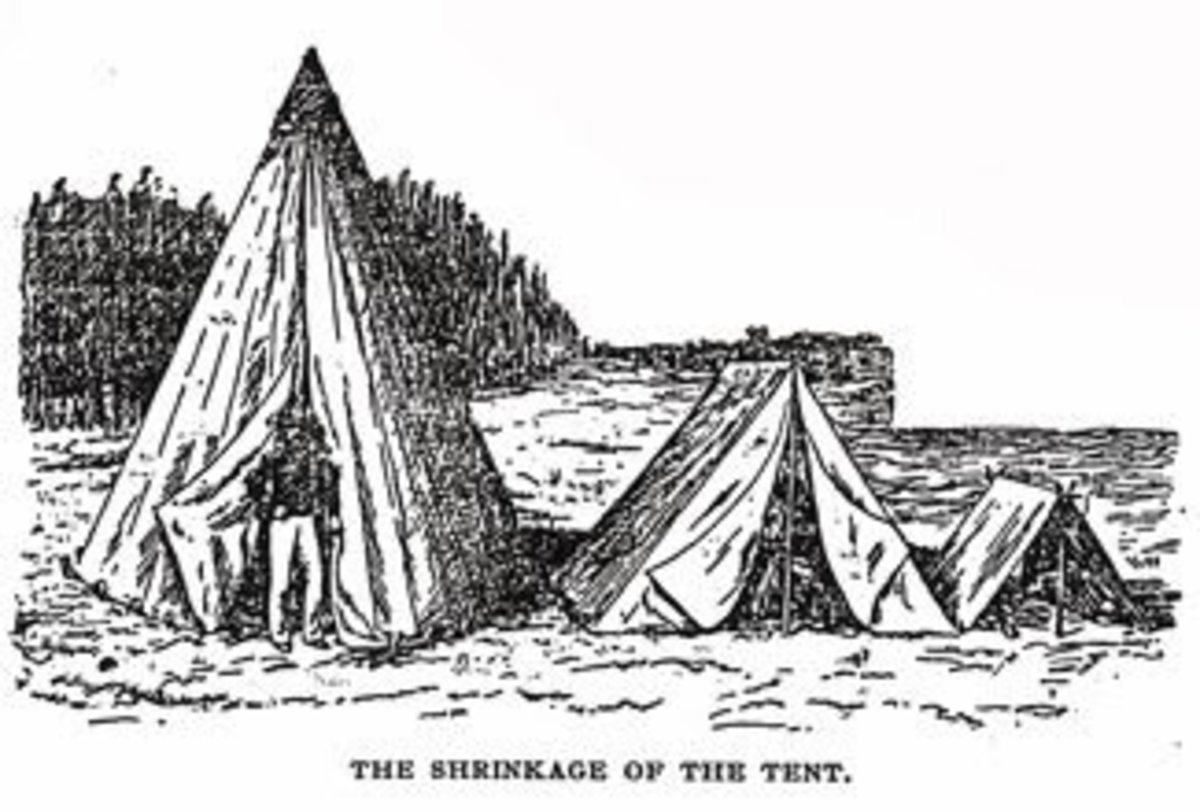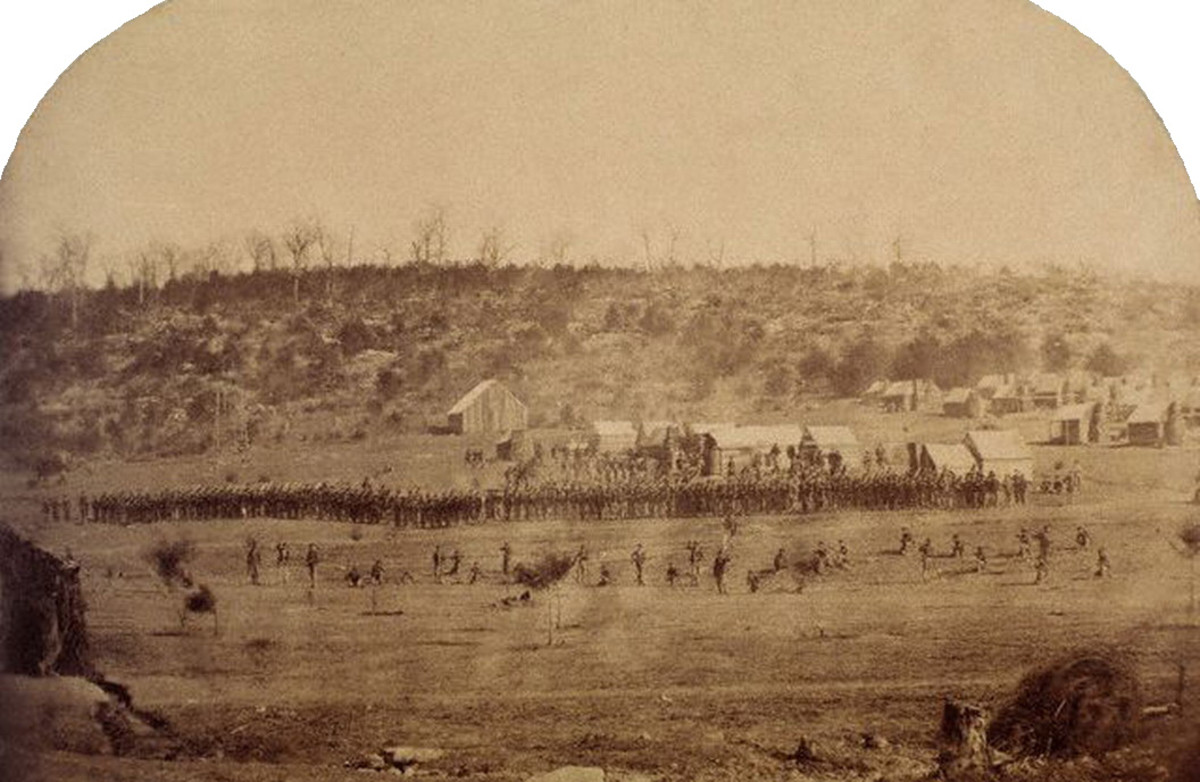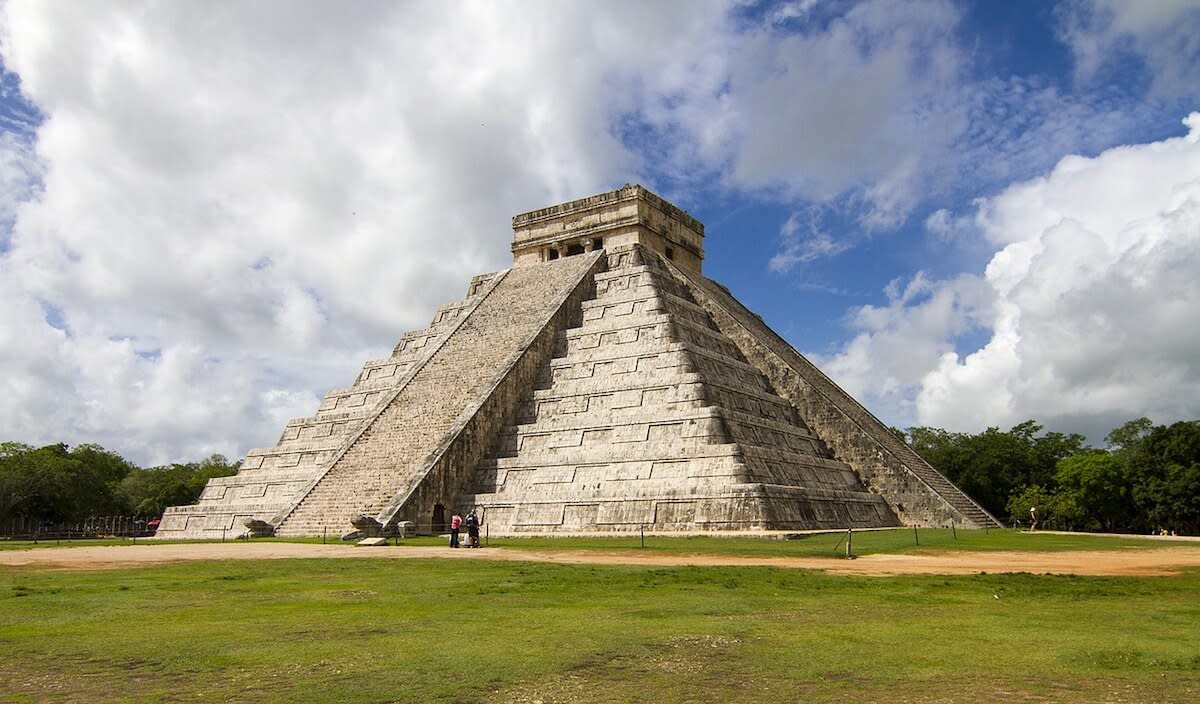- HubPages»
- Education and Science»
- History & Archaeology»
- History of the Americas»
- American History
The Defenses of Washington During the Civil War
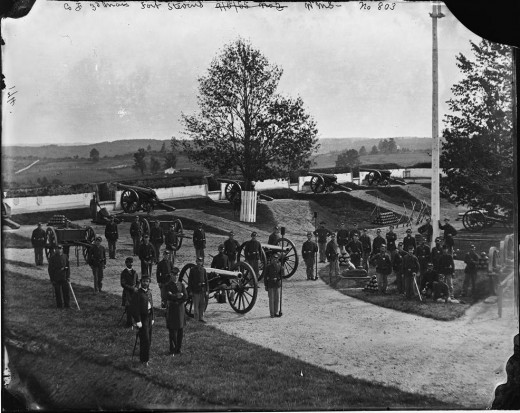
Introduction
After the bombardment of Fort Sumter in Charleston Harbor, it was obvious that the capital of the Union will eventually be threatened by invading Confederate forces from the South. Both sides were not in a position to fight a full scale war, but Washington knew they needed to strengthen their defenses as quickly as possible for the impending war that they were about to face against the South.
During the course of the war, the capital would be threatened several times by Confederate forces. The major battles where they were within striking distance of Washington; the First and Second Battles of Bull Run, the Battle of Fredericksburg, the Battle of Antietam, and the Battle of Gettysburg were all battles in proximity to Washington. If the Union soldiers have not stop them in these battles, subsequent fightings probably would had been even closer to Washington. The forts surrounding the capital would have been the next defensive positions for the Union Army.

A Wakeup Call for Washington
After the Confederate victory at the first Battle of Bull Run on July 21, 1861, Washington went into a state of panic. The streets were full of demoralized soldiers with a few there to defend the capital. It was a defeat that they did not expected from the Confederate army. Basically, it was a wakeup call for Washington and it meant that this was going to be a serious and protracted war. Washington was obviously unprepared and defenseless.
After his arrival in Washington on July 26, 1861, General George McClellan immediatelly executes plans to beef up the defenses around Washington even though there are troops entrenched on the Virginia bank of the Potomac River. He Knew it was not enough to defend the city. The problem was the Maryland bank of the Potomac River was unprotected and there were many unprotected routes running from other directions into Washington. Fortunately for Lincoln the victorious Confederates were just as disorganized as the Union army and were unable to hit Washington with a knockout blow right at the beginning of the war.
Fort Stevens
Earthworks Everywhere
A few months after the first Battle of Bull Run, Washington was completely surrounded by earthworks constructed under the guidance of General McClellan. Washington's defense consisted of a series of earth forts positioned so that they could protect one another with their guns during an attack. The grounds between them were protected by entrenchments for infantry and redoubts for artillery.
A total of 38 earth forts surrounded the capital after construction was completed. These forts were never tested because the Confederate stayed on the defensive in Virginia awaiting the next attack from the Union. Confederate General P.G.T. Beauregard repeatedly tried to convince President Jefferson Davis to concentrate his troops on Washington to deliver a blow to bring them to their knees. Beauregard apparently knew early in the war that Washington was virtually defenseless.
About two years later in June of 1863 about a week before the start of the three-day battle of Gettysburg, the earth forts were almost tested when Lee shifted his army of 77,000 men toward Gettysburg. The northwest side of Washington was completely open for an attack from that direction until Lincoln and his administration order General Hooker to follow the Confederate army and destroy them. Lincoln told Hooker his main priority was to protect Washington. At that time neither Lee nor Hooker knew where each other were. Lee thought Hooker was still south of the Potomac. Nonetheless, General Hooker went North and kept his army of 93,000 men between Washington and Lee.
The basic design of earthworks were composed of walls built up by shoveling dirt into berms. The interior slope or "rampart" was lined with fallen trees. A small shelter lined with wood to protect the gun crew called a "bombproof" was constructed in the interior of the fort. Notches were cut cut at the top of the "parapet" or fort wall for placement of guns. The outside of the fort wall slope down to a dry moat and beyond the moat was a barricade of fallen trees called an "abates".


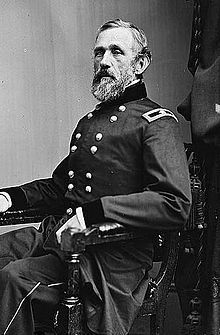
The Earthworks Around Washington
During the civil war earthworks were the most common form of fortifications used to shore up defenses in battlefields and around cities. Washington, Petersburg, and Vicksburg were prime locations where earthworks were extensively used to protect the soldiers and equipments used to defend the area. They were simple and fast to construct. Although the fortifications around Washington were never tested, most likely they would have served their purpose well as demonstrated in the battles of Petersburg and Vicksburg. The battles at these locations became a siege because the defensive forces were well protected by their earthworks.The battle for Washington probably would have turned into a siege by the Confederates before surrendering to them.
About 38 earth forts were built in about two months around the perimeter of Washington to strengthen its defenses against the Confederate army in the early part of the war. The earthworks were constructed under the supervision of Major General Johm G. Bernard, Chief Engineer in charge under General George McClellan. John based his designs of earthworks constructed in the 17th and 18th centuries in Europe. Each of the earth forts were unique in design and built following standard procedures established at the time.

Ken Burns, The Civil War
By the end of the war there were a total of 68 enclosed forts to protect the capital. Washington defenses came close to failing on July 11-12, 1864, when Fort Stevens located on the northern section of the perimeter of Washington came under attack by Lt. General Jubal Early in the Confederacy's final attempt to take Washington. President Lincoln's capture and the downfall of the capital was within his grasp.If he had succeeded this country would probably be different in many ways from what it is today.



